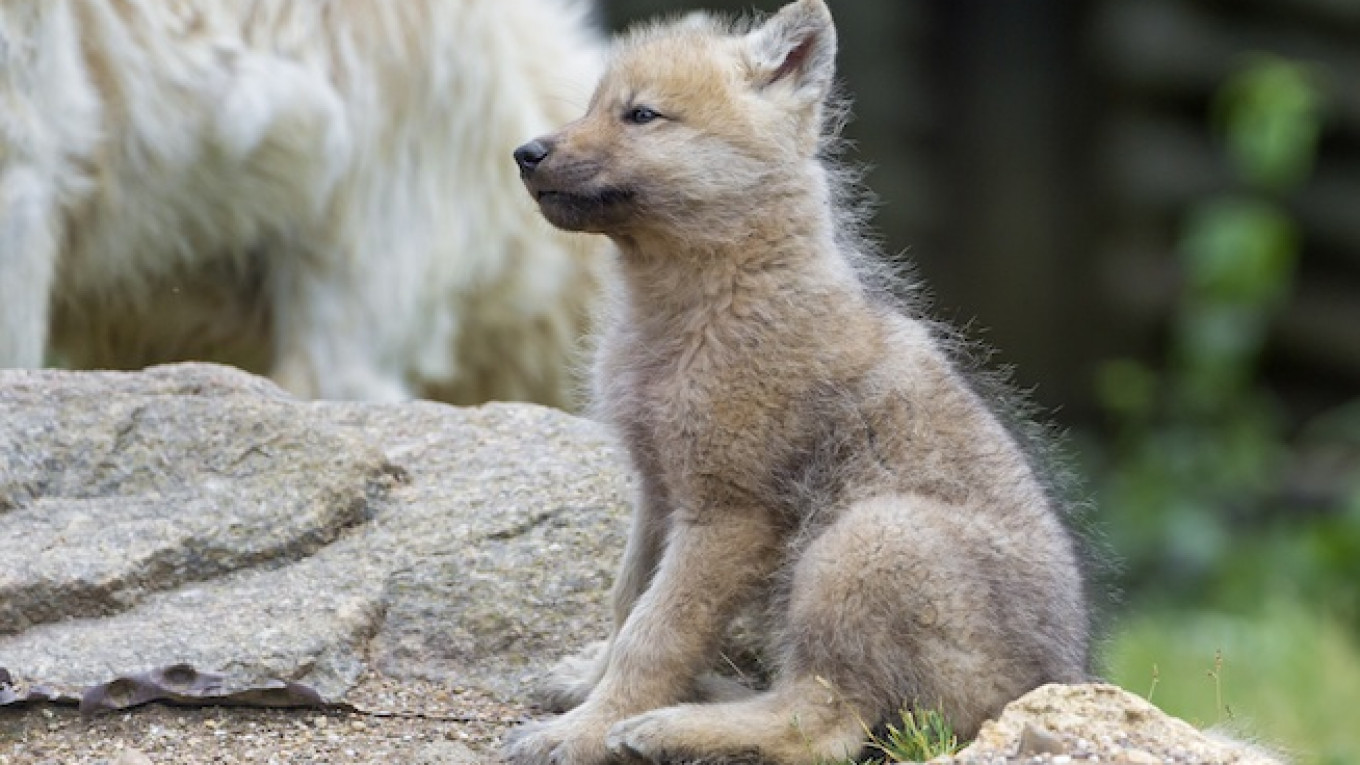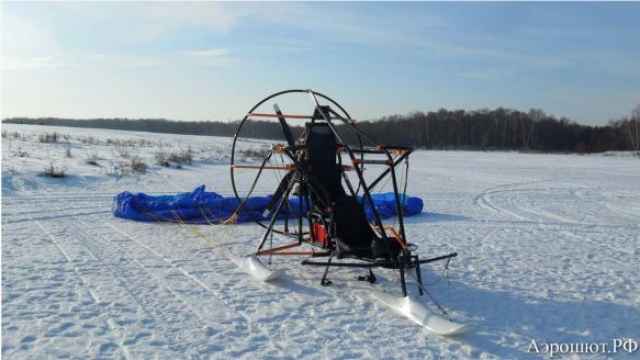WASHINGTON — Genetic information from a 35,000-year-old wolf bone found below a frozen cliff in Siberia is shedding new light on humankind's long relationship with dogs, showing canine domestication may have occurred earlier than previously thought.
Today's dogs, from the Chihuahua to the Great Dane, are believed to have descended from wild wolves domesticated by humans in prehistoric times, but when this took place has been a matter of debate.
Scientists said Thursday that they pieced together the genome of the wolf that lived on Russia's Taimyr Peninsula and found that it belonged to a population that likely represented the most recent common ancestor between dogs and wolves.
Using this genetic information, they estimated that dog domestication occurred between 27,000 and 40,000 years ago.
Previous research based on genetic data from modern-day wolves and dogs had estimated that dogs were first domesticated 11,000 to 16,000 years ago based on an estimate of how quickly mutations occurred across the genome.
Swedish Museum of Natural History geneticist Love Dalen said the Taimyr wolf genome showed that the rate of mutation was only about half of what previously had been assumed, indicating domestication occurred much earlier.
"The difference between the earlier genetic studies and ours is that we can calibrate the rate of evolutionary change in dog and wolf genomes directly, and we find that the first separation of dog ancestors must have been in the older range," Harvard Medical School geneticist Pontus Skoglund added.
Dalen found the wolf bone fragment, likely a part of a rib, in the Siberian permafrost. The wolf likely belonged to a population that roamed the Eurasian steppe tundra during the last Ice Age, hunting large prey like bison, musk ox and horses, Dalén said.
"I think one of the simplest explanations is that hunter-gatherers may have caught wolf pups, which is extremely easy to do, and kept them in captivity as sentinels against the large predators that roamed the landscapes of the last Ice Age — bears, cave lions, etc. as well as other dangerous mammals — mammoths, woolly rhinos, other humans," Dalen said.
Skoglund said Siberian Huskies and Greenland sled dogs share a large number of genes with the Taimyr wolf.
"The most likely explanation is that the Siberian domestic dog populations interbred with local wolves when they followed early human groups into northern latitudes," Skoglund said.
The research was published in the journal Current Biology.
A Message from The Moscow Times:
Dear readers,
We are facing unprecedented challenges. Russia's Prosecutor General's Office has designated The Moscow Times as an "undesirable" organization, criminalizing our work and putting our staff at risk of prosecution. This follows our earlier unjust labeling as a "foreign agent."
These actions are direct attempts to silence independent journalism in Russia. The authorities claim our work "discredits the decisions of the Russian leadership." We see things differently: we strive to provide accurate, unbiased reporting on Russia.
We, the journalists of The Moscow Times, refuse to be silenced. But to continue our work, we need your help.
Your support, no matter how small, makes a world of difference. If you can, please support us monthly starting from just $2. It's quick to set up, and every contribution makes a significant impact.
By supporting The Moscow Times, you're defending open, independent journalism in the face of repression. Thank you for standing with us.
Remind me later.






